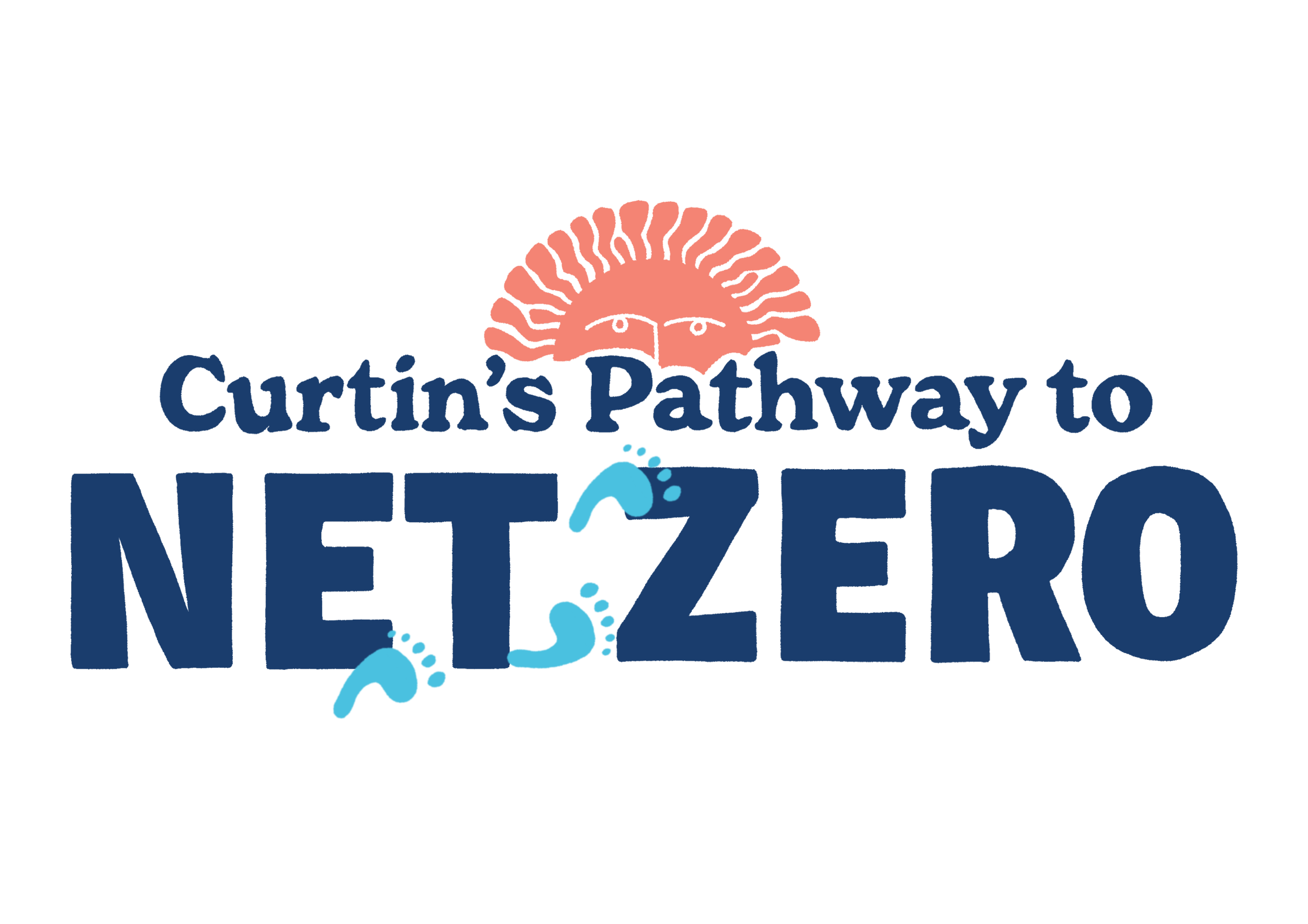Making our community healthier, fairer and more liveable as we address climate change.
COMMUNITY PROJECTS
Thinking about solar panels or an EV but don’t know where to start? Check out our website for independent, easy-to-read information to electrify your home and reduce energy bills.
Native Verge Makeovers
Check out our webpage for free resources on how to transform your verge. Use our map and walk trails to visit inspirational native verges in Curtin.
Tell Minister Plibersek to reduce plastic packaging in the upcoming national packaging regulations.
How to Reduce Plastic Use
If you’d like to volunteer with Curtin’s Pathway to Net Zero or any of the above projects, please email Kate.Chaney.PM@aph.gov.au







